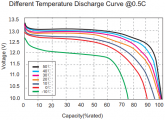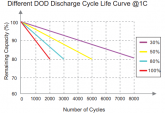svetz
Works in theory! Practice? That's something else
Good question...might check some of the DIY weather stations and see what they do...if you find out let us know!If a station is using the same panel for irradiation checking and for powering components, how does that work? Is the power draw perfectly constant, so as not to affect panel voltage?





